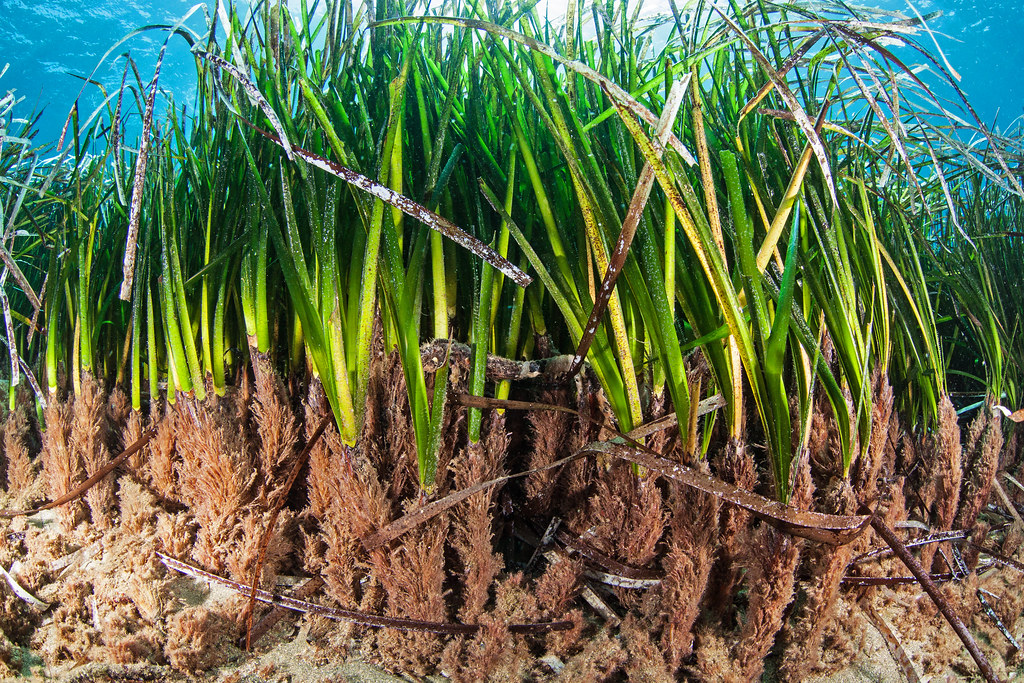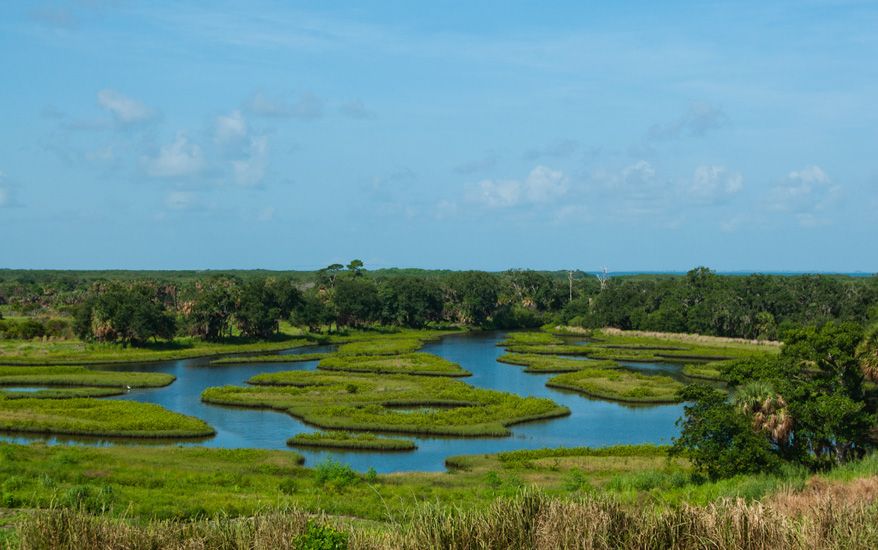As we face seemingly insurmountable problems in the world and our state, it’s worth looking back at how far we’ve come in the last 50 years.
By Ann Paul

After World War II, Americans embraced a great future with an expanding economy and a positive outlook on creating a better life for themselves and their children. Without considering long-term impacts, though, economic growth was swift and mostly without regulation. Those impacts showed up as air and water pollution, loss of habitats nationwide, destruction of natural resources, and damage to wildlife.
By the 1970s, a strong sense of urgency and the growing support of initiatives to protect the environment were sweeping the country. The first Earth Day, celebrated worldwide on April 22, 1970, focused attention on problems with pollution, devastation to wildlife and sealife, and concerns about the future of the planet we live on. As a result of this environmental movement, important conservation laws were passed by Congress and signed into law, including the Clean Air Act (1970), the National Environmental Policy Act (1970), the Clean Water Act (1972), the Coastal Zone Management Act (1972), the Endangered Species Act (1973), the Marine Mammal Protection Act (1972), and the Ocean Dumping Act (also called the Marine Protection, Research, and Sanctuaries Act, 1972).
When I consider the improvements that these laws, passed between 1970 and 1973, made for the entire country, and the bipartisan leadership that allowed it to happen, I am grateful and impressed.
I remember the days before this environmental wave swept the U.S. — smog and polluted air caused major health problems for most Americans. As a resident of Cleveland, I remember the Cuyahoga River actually catching on fire because of the pollution in its waters as it traversed the city. Taking my children to Lake Erie’s shoreline sounded like a fun expedition, until we found the water’s edge choked with plastic debris. Smog from industry in Akron, Chicago, and Detroit blackened our porch so much that we didn’t use it.

I also remember participating in an early Earth Day – we were living in San Antonio, Texas, and I fondly recall that the Bexar Audubon Society’s booth there said, “We are not just for the birds!” I thought it was a great slogan!
Today, our waterways and air are much cleaner. In fact, Tampa Bay remains one of the few estuaries in the world that has become healthier in the last 40 years, largely due to the Clean Water Act requiring that the City of Tampa build an advanced wastewater treatment facility, an effort led by Florida Legislative Representative Mary Figg.
Leadership by the Tampa Bay Regional Planning Council’s Agency on Bay Management, led by Rich Paul, Robin Lewis, Barbara Sheen Todd, Dick Eckenrod and Jan Platt, brought one of our nation’s first Estuary Programs to Tampa Bay. The Agency on Bay Management’s cooperative interagency approach and the Tampa Bay Estuary Program’s science-based initiatives continue the fight today to improve the bay, which benefits the economics and health of the entire community as well as our birds and wildlife.
The Environmental Protection Commission of Hillsborough County, established by our state’s Legislature in 1967, was ahead of its time in championing measures that vastly improve water, air and soil quality. Even today, standards set by the EPC mean that Hillsborough County wetlands are among the most protected waters in the country.

Then in 1987, Hillsborough County voters approved funding for one of the most aggressive land acquisition programs in the United States, which to date has set aside over 64,000 acres, protecting rivers, streams, bay shorelines, and upland habitats important for controlling and cleansing storm waters, abating flooding, and providing wildlife habitat and outdoor recreational opportunities. This program was based on the state land acquisition program Florida Forever, developed under Florida’s Governor Bob Martinez, a Republican, which taxed citizens to repay bonds raised to purchase environmentally significant lands, sharing the benefits and the costs.
Today, counties, cities, towns, companies, individuals, and environmental organizations all continue to be part of this work, which is hard and expensive, but worth it in improving the quality of life for current residents and providing the basis for economic growth by making Hillsborough County an attractive place to live.
Ann Paul is president of the Tampa Audubon Society which is celebrating its 50th anniversary this year. She originally wrote this column for the TAS newsletter.
Originally published July 20, 2022
